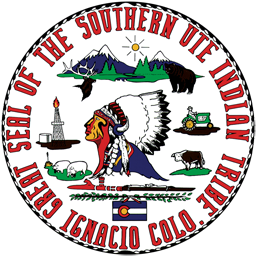Brownfields Coordinator
970-563-2217
Mission
The Environmental Program Department’s mission is to protect and sustain the environment through compliance with planning responsible future activities to minimize environmental impacts, conserve the irreplaceable natural and cultural resources, and to maximize pollution prevention.
The Brownfields Program mission is to assess and remediate potentially hazardous sites on Tribal Land, abandoned properties, and new real estate to ensure protection of natural resources.
Brownfields are real property, the expansion, redevelopment, or reuse of which may be complicated by the presence or potential presence of a hazardous substance, pollutant, or contaminant.
The Environmental and Brownfields Program coordinates compliance and enforcement activities among the Tribal Council, Lands, Property and Facilities Management, Forestry, Wildlife, Range, Energy, Natural Resources Enforcement, BIA, USEPA, USACE, and other appropriate Federal Agencies, and responds as part of a team of several Tribal programs to hazardous materials incidents. The Compliance Program works with Tribal Water Quality, Air Quality, and General Assistance Programs to ensure environmental compliance on Tribal land.
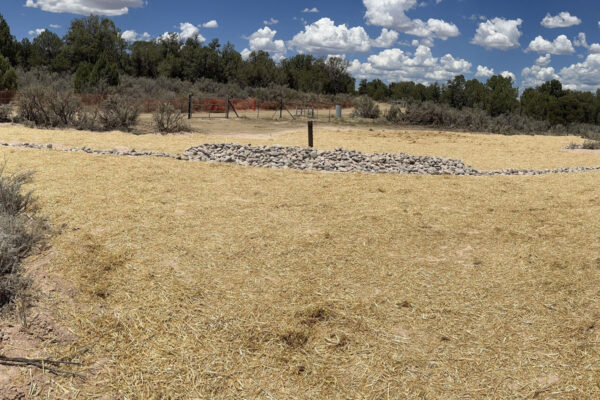
The Brownfields Program is authorized under Section 128(a) of the Comprehensive Environmental Response, Compensation, and Liability Act (CERCLA) and managed by USEPA. SUIT is one of 22 Federally Recognized Tribes in USEPA Region 8 with a Brownfields Program.
Since 2005, the Environmental and Brownfields Program has responded to reports of over 70 potentially hazardous sites on the SUIT Reservation. Please contact the Brownfields Coordinator to see the Inventory and records for these sites, and to request a site assessment.
Brownfields Program Core Elements
- Timely survey and inventory of brownfield sites.
- Oversight and enforcement authorities, or other mechanisms and resources, that are adequate to ensure that a response action will protect human health and the environment and is completed.
- Opportunities for meaningful public participation.
- Mechanisms for approval of a cleanup plan and verification that a response is complete.
2020-2022 Priority Brownfields Sites
Annex Building
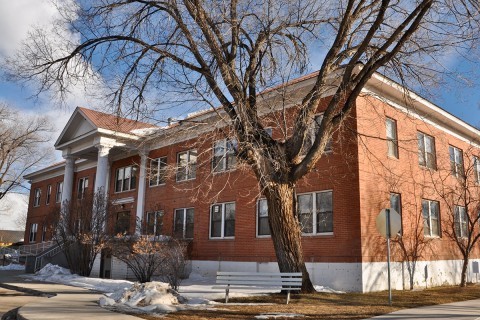
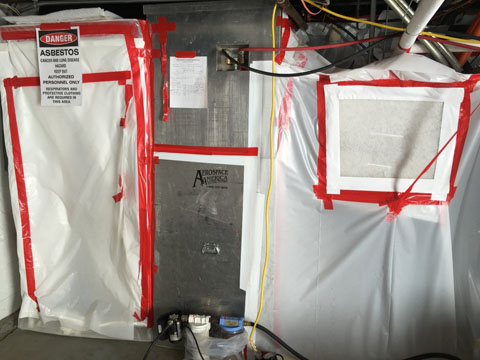
Priority: This building is occupied by employees, has cultural and historic significance, and is prominently located on the Tribal Campus.
Status: An Assessment in April 2015 found asbestos and lead-based paint. Asbestos was removed from the crawlspace in 2016 but left some asbestos in the soil. In 2020, an environmental site assessment was performed to address the remaining potential contamination and data gap. Sink undercoatings were identified as asbestos-containing and asbestos mixed with soil in the crawl space. In addition, elevated lead concentrations are found on the ceilings, doors/frames/trims, window frames, and on the interior/exterior walls of the buildings. PCB-containing light ballasts and mercury-containing thermostat are also identified. EPD is seeking further direction about the disposition of building from Tribal Council.
Engineering/Institutional Controls: EPD sent a memorandum of site status to relevant departments and coordinated with the Building Maintenance Division to hang safety signs. In January 2021, Operation and Maintenance Plan was prepared to provide guidance and procedures for the proper identification, maintenance, and preventative exposure from materials that have been considered as hazardous substances. As part of Engineering/Institutional Controls, Building Maintenance and other departments were given the Operation and Maintenance Plan in April 2021.
Old Cafeteria Building
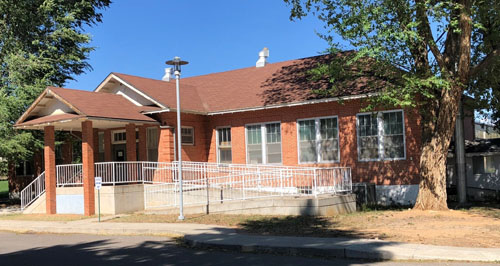
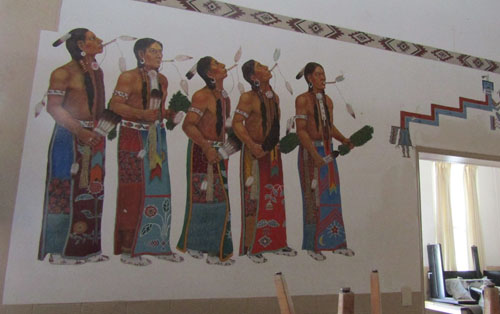
Priority: The building has historic significance, is prominently located on the Tribal Campus, and near a school.
Status: Following the findings of a 2011 environmental site assessment, friable asbestos was removed in 2012 but some hazards like the window glazing did not appear to have been abated. In 2020, a Phase II ESA was performed to address remaining potential contamination and data gap. Asbestos-containing material remains in the basement/kitchen carpet and drywall, joint compound in the basement ceiling, exterior foundation coat, all window glazes. In addition, elevated lead concentrations are present on the ceilings, doors/frames/trim, window frames, and on interior/exterior walls of the building. PCB-containing light ballasts and mercury-containing thermostats are present. Mold is present in the basement. EPD is seeking further direction about the disposition of building from Tribal Council.
Engineering/Institutional Controls: The building is locked and requires a special request to enter. In January 2021, Operation and Maintenance Plan was prepared to provide guidance and procedures for the proper identification, maintenance, and preventative exposure from materials that have been considered as hazardous substances. As part of Engineering and Institutional Controls, Operation and Maintenance Plan was placed with Building Maintenance and other departments in April 2021.
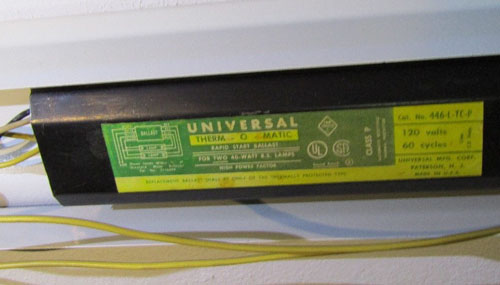
Old KSUT Building
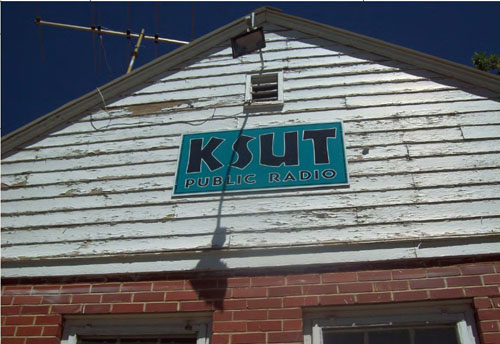
Priority: KSUT building was permanently vacated in February 2021.This building has historic significance, is well-known to the local community, and is prominently located on the Tribal Campus.
Status: 2014 and 2020 assessments indicate remaining Recognized Environmental Conditions including lead-based paint in the building’s interior and exterior and as chips in soil, asbestos-containing building materials, PCB-containing light ballasts, and mercury-containing thermostats. In January 2021, Operation and Maintenance Plan was prepared to provide guidance for the proper identification, maintenance, and work practices to minimize exposure to materials that are considered as hazardous substances. EPD is seeking further direction about the disposition of building from Tribal Council.
Institutional Controls: In March 2021, the basement crawl space was contained and sealed off and air quality monitoring was performed. Laboratory results of all indoor air samples are non-detect for asbestos fibers. As part of Engineering/Institutional Controls, Building Maintenance and other departments were given the Operation and Maintenance Plan in April 2021.
Services Provided to the Tribal Membership
- Maintains a current Public Record of reported hazardous sites, response actions planned and completed, and site restrictions.
- Assists with Real Estate Transactions to protect buyers from liability for environmental contamination, by performing Environmental Site Assessments according to American Society for Testing and Materials standards and federal regulations.
- Responds to requests for property assessments for environmental conditions, regulated building materials, and other hazards.
- Responds to hazardous materials reports, spills, and emergencies.
- Supports Worker Safety and community health by communicating site hazards with signs and maintaining Institutional and Engineering Controls.
- Assists with Operations and Maintenance Plans to protect workers and building occupants from exposure to health hazards from environmental conditions.
- Provides Education and Outreach on health and safety, avoiding exposure to hazardous materials, and resources for property development.
